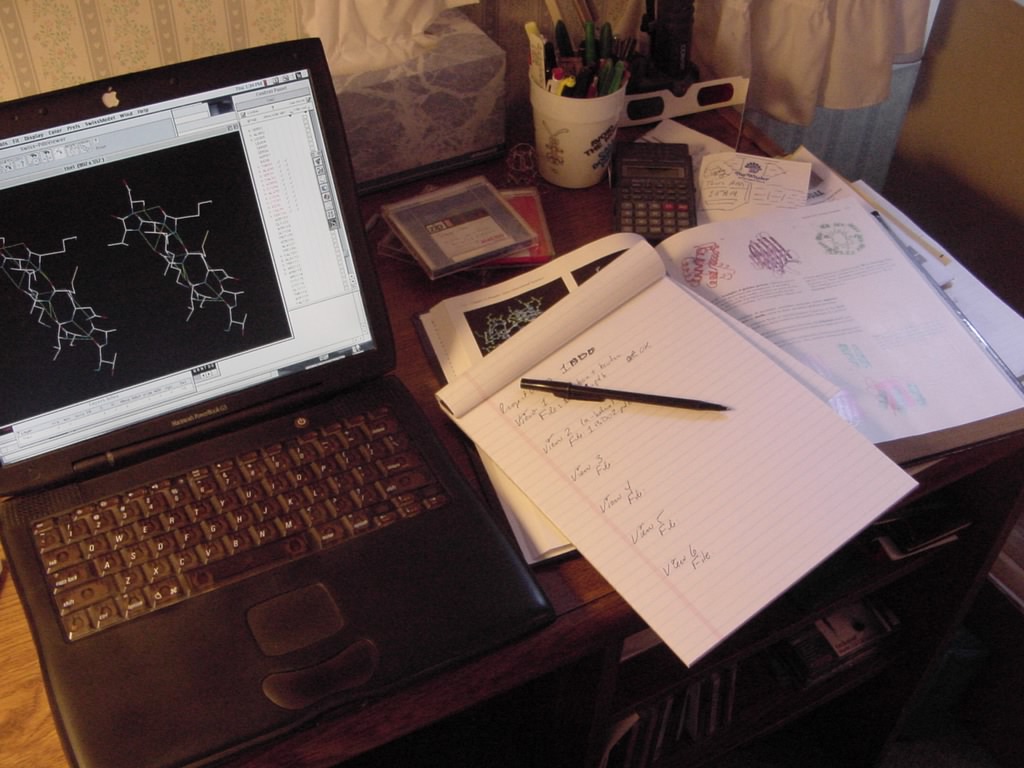Molecular Graphics ManifestoHow to Do It |
3. How do you evaluate skill and knowledge of graphics?
The acid test of retention of skills from a tutorial is the ability to use the skills independently. At the end of the tutorial, each of my students undertakes a modest independent project involving graphics study of an individually assigned protein. The student must obtain the model from the PDB, get to know it, produce and save a series of graphics views that highlight structural features, and write a brief introductory description of the protein, illustrating the description with the assigned views and with other views if desired. Details of the assignment are available through the Deep View Tutorial (see Resources).
Good choices for individual assignments are proteins that, like the protein subject of the tutorial, are also subjects of the course, with ligands that cover the full range of so-called het groups (heteroatomic, meaning nonprotein) found in protein models: cofactors, prosthetic groups, inhibitors, allosteric regulators. In this way, as the course progresses, every student will eventually encounter the familiar protein they studied earlier, like discovering that a friend has an important and interesting job. In making up protein assignments for my students, I try to include among the het groups all major cofactors we will encounter during coverage of metabolism. These models are listed in the table at the end of the the assignment.
In keeping with my belief in the importance of this new subject, I believe that graphics skill and knowledge should have a significant impact on the final grade in the course. Therefore, I evaluate the student projects with the weight of one exam (about 15% of the course grade). Grading includes assessment of
- the contents of each file in comparison with the content specified in the assignment;
- the accuracy and quality of the written description;
- the effectiveness of use of graphics views and other figures (such as chemical structures made with ISIS/Draw) to illustrate the descripion, and
- innovative use of the graphics program.
The major portion of the grade is based on item 1 -- simply producing files with the correct contents. In larger classes, student assistants can make this assessment.
There are two additional ways in which I see to it that graphics skill affects the course grade. First, exams include one or two questions about how to use graphics to highlight or analyze specific features of a structure. (An example: List a series of graphics commands that will isolate an alpha helix and allow you to determine whether it is amphipathic.) Second, other exam questions might be based on graphics exercises available on course web pages (see Resources). Students who include these exercises in their study routine gain a real advantage on exam questions that probe understanding of concepts illustrated therein.
Figure: Work in progress on graphics project. Click image to enlarge.
